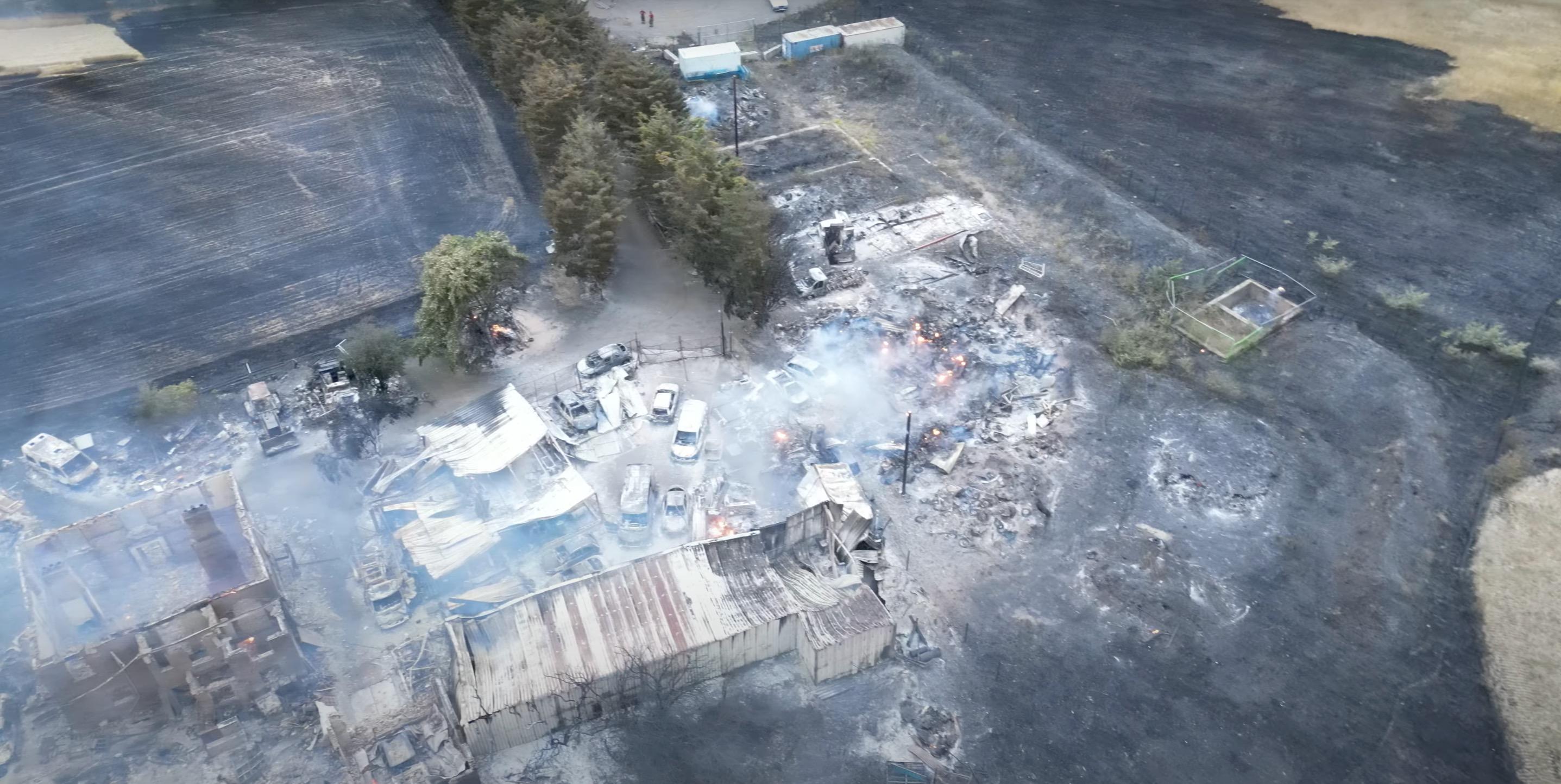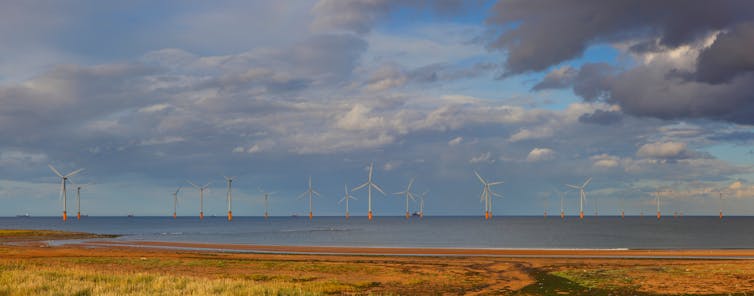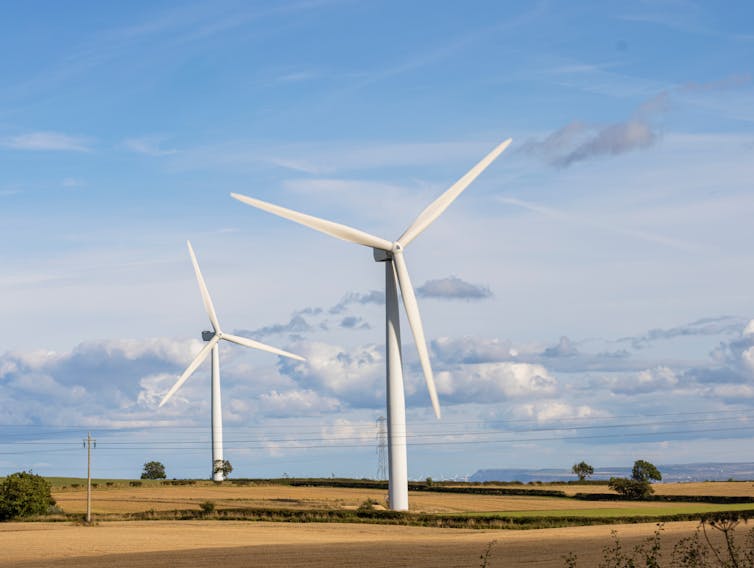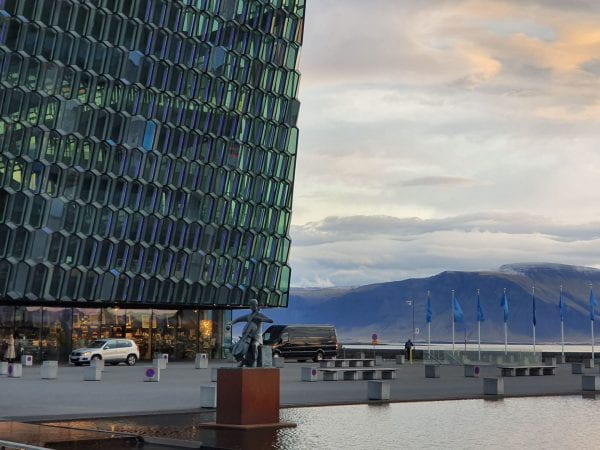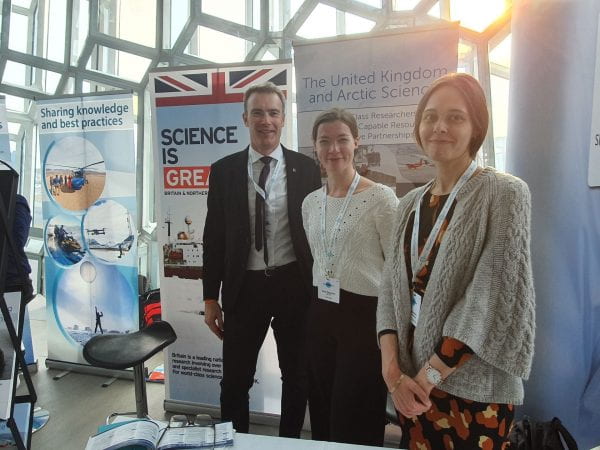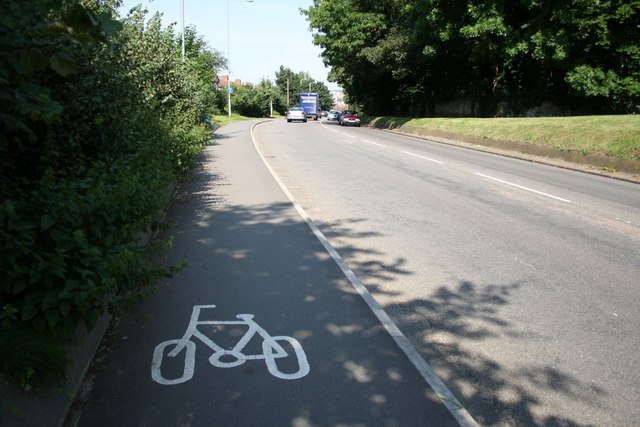 |
| Screenshot of Mock COP26 hosts and facilitators (Master’s students) |
On 30 March, Jack Nicholls, Emilia Melville and Camille Straatman from the Cabot Institute for the Environment hosted an online simulation of the COP26 that will happen in Glasgow in November this year. It was set to be in equal measures a playful exercise of the imagination, and deep dive into the acronym-filled world of global climate politics. Students from 11 school groups would represent various state and non-state actors, and 12 Master’s students would facilitate the negotiations, myself included.
It was the first public engagement exercise of its kind for a University in the COP26 Universities Network, an experimental activity that hoped to lead to a replicable blueprint for other Universities could follow. So, whilst it was all carefully planned, some questions lingered after the training pre-session for facilitators, which would go unanswered until the students appeared on screen the following day:
How will the school groups engage with the exercise? What will they say relative to what we think the real negotiations will be like, and how will they navigate representing actors with values that don’t align with their own? What kind of knowledge and insights will they bring to debates on a broad range of climate resolutions? How might their votes and outcomes differ from those emerging from the real thing in November?
My preparation for facilitating the group of ‘UK delegates’ consisted of re-reading Boris Johnson’s ‘10 point plan for a green industrial revolution’ and the information Cabot Institute members have shared about financing a green transition. The briefing letter we’d received from the ‘PM’ staunchly asserted our actor aims: to protect home economic interests and industries, green or not, avoid any aid obligations to other countries that may hinder our progress towards achieving our own ambitious climate goals, proving that we are indeed on track to achieve these, and convincing others to follow our lead.
The first thing I asked the group once we’d arrived in our breakout room was whether or not they were ready to put their floppy blonde wigs on, eliciting an amusing collective groan. But, they’d done their research on climate action in the UK, and it showed. Students were clearly up to date on climate action in Bristol, updating me on the upcoming diesel ban in Bristol’s Clean Air Zone, which was passed last month and will be implemented in October. This was great for framing the UK’s ambitious Net Zero Emissions (NZE) goals in terms of their impact at city level and on our own lives.
Their background knowledge of issues like nature conservation, sustainable agriculture, and the refugee crisis meant that they took a more progressive stance on some resolutions than one might expect from our conservative government to do so in November. For example, whilst protecting natural assets in the British countryside is often positioned as simply a point of national pride, and agricultural reform hasn’t been a priority. When one student told us that there are only ‘60 growing seasons left in the UK,’ in our current intensive agricultural model, a shocking number that I hadn’t heard before, they decided to vote strongly for a sustainable agriculture transition.
I prompted them to consider the economic concerns that may shape discussions with the International Monetary Fund (IMF) and the USA in the upcoming rounds, like the Green Industrial Revolution, job security and funding for achieving UK’s ambitious NZE goals. I almost didn’t want the group to step into the more pro-economic and nationalistic agenda they’d been briefed with but was as amused and impressed as the rest when our spokesperson and many of the others dazzled us with compelling impressions of the leaders they represented.
Despite their dramatic flair and feel for the roles, all groups demonstrated an open-minded ambition that I hope we are fortunate enough to find amongst the attendees of the COP26 Blue Zone.
The IMF was represented by two Master’s students, Lucy and Tilly, who had stepped in when one school couldn’t make it to the negotiations. They lobbied hard. But we met consensus on pretty much all the resolutions: a combination of their assertiveness, the UK group’s willingness to be flexible, and their own values meant that resolutions previously not outlined as top priorities (like climate refugee protection) were seriously considered. Their reservations on this resolution, due to needs for job security in a just transition, as well as pre-existing population density, were met with deliberations on ‘why not, then, commit to welcoming as many refugees as we can? If all countries collaborated on this resolution, wouldn’t the ‘burden’ be reduced? So, why not?’
Thanks to a successful first round, we had the IMF’s support for resolutions on phasing out coal and non-electric vehicles to mobilise against the USA, who we anticipated might be hesitant to make bold fossil-fuel energy and vehicle phase outs. Spurred by the decisive negotiating they’d witnessed, the UK took the front foot in their following negotiations, securing agreements in both.
Unlike in the pre-arranged 1st and 2nd rounds, the groups got to list which groups they wanted to meet with in the 3rd round. The UK were hoping for Brazil, or Shell. But a ‘wildcard’ meant that the group were surprised to meet with the International Working Group Indigenous Affairs (IWGIA) and had to think on their feet. IWIGIA were lobbying for votes to amend the resolution on protecting nature and biodiversity so that Indigenous peoples living on areas designated as protected would be in charge of their management. The UK group voted against this amendment, deciding that the UK’s stance would probably be that top-down governance is necessary to reach ambitious climate goals. In my opinion, the best outcome was that Indigenous people’s rights to agency in decision-making on unceded, threatened lands was brought to the fore. I was very happy to see that the students could discuss decolonising the climate movement on the fly like that.
Throughout the negotiations, the UK shelved the staunchly independent rhetoric in their briefing letter about avoiding other countries’ climate burdens as they realised as a group that interdependence was at the heart of most of the issues they discussed. Whilst decisive action from the UK might spur other countries to follow suit, our futures also depend on reaching consensus with them.
Before we had started, I’d thought I could anticipate what role the student’s imaginations would play: getting into character and arguing in line with the actor’s values. But, the group showed me that their imaginations were fit for different purposes: for interrogating why not vote for best case scenario outcomes, and for thinking through problems-as-solutions. For example, the UK may not yet have a strong stance on biodiversity, nature and sustainable agriculture, and our climate obligations seem to represent a point of national pride rather than our collective planetary futures. But, amongst these ‘delegates,’ the intra-group discussions sounded a bit like ‘why not walk away from COP26 with strong commitments to reinvent our food systems, and to protect our wildlife? Wouldn’t these be positive outcomes and proud new communication points for the UK?’
It wasn’t just the ability to debate – not to be downplayed amongst this informed, passionate and articulate group – but to listen, and situate themselves in the perspectives of the groups with whom they were negotiating, that led to agreements for addressing collective problems. What I had assumed would be rapid-fire negotiation rounds seemed to become a crash-course in consensus decision making, a skill I’m sure they’ll go on to hone.
In the debrief session, students were asked if they had participated in any peaceful protests or intended to in future. It’s fair to say that a new spirit of rebellion is rising amongst the nation’s teens, who are increasingly realising their stakes, power, and responsibility in shaping the future. But, what’s missing from most of these demonstrations is inclusion of manifestations of what this future could be, look like, and feel like. Activities like the Mock COP provide a momentary glimpse at the world they chant is possible when they do take to the street. One in which global leaders are open-minded, co-operative and ambitious, and agreements between them are shared wins.
Of course, meeting consensus is just the first step. There’s a difference between promoting and delivering on climate targets, and our leaders must be held accountable. Meaningful youth engagement exercises like this might be a good starting point for ensuring that outcomes of the real COP26 are in line with young people’s visions of sustainable, viable futures. Because, what we hold global leaders accountable to is up to us. And our youth are natural visionaries. That much is clear.
As Donella Meadows, co-author of Limits to Growth asks, ‘who’s idea of reality forces us to “be realistic”? The UK group’s vision of the best-case scenario always took up the centre of the virtual negotiation rooms they entered, rather than the behemoth of brokenness that usually takes up this space and stalls our leaders. If we are to learn something from this Mock COP and the youth voice for climate action more broadly, it’s that “being realistic” about our planetary future does not contradict committing to the best possible outcomes. Quite the opposite, and our leaders need to do both this November.
As COP26 approaches, it’s important that young people are able to engage and to have some insight as to what is happening in the negotiations. A Mock COP is an excellent way to do just that. Jack Nicholls and Emilia Melville have designed and run a Mock COP26 event for school students ages 16+ which can be run online or in person in the lead up to COP26. If you would like to run a Mock COP in your university, with local state schools, please join the training session on Tuesday 30 June at 2pm. Register here.
—————————–
This blog is written by Dora Young, Master’s by Research (MScR) student at Cabot Institute for the Environment.
Dora Young is an MScR student and human geographer developing participatory mapping methodologies for environmentally just, inclusive ecological management strategies in Bristol. She is interested in how human lives intersect with urban nature, both in policy and in everyday landscapes facing climate and ecological crises, and reads and writes about these themes in her spare time.
Interested in postgraduate study? The Cabot Institute runs a unique Master’s by Research programme that offers a blend of in-depth research on a range of Global Environmental Challenges, with interdisciplinary cohort building and training. Find out more.



